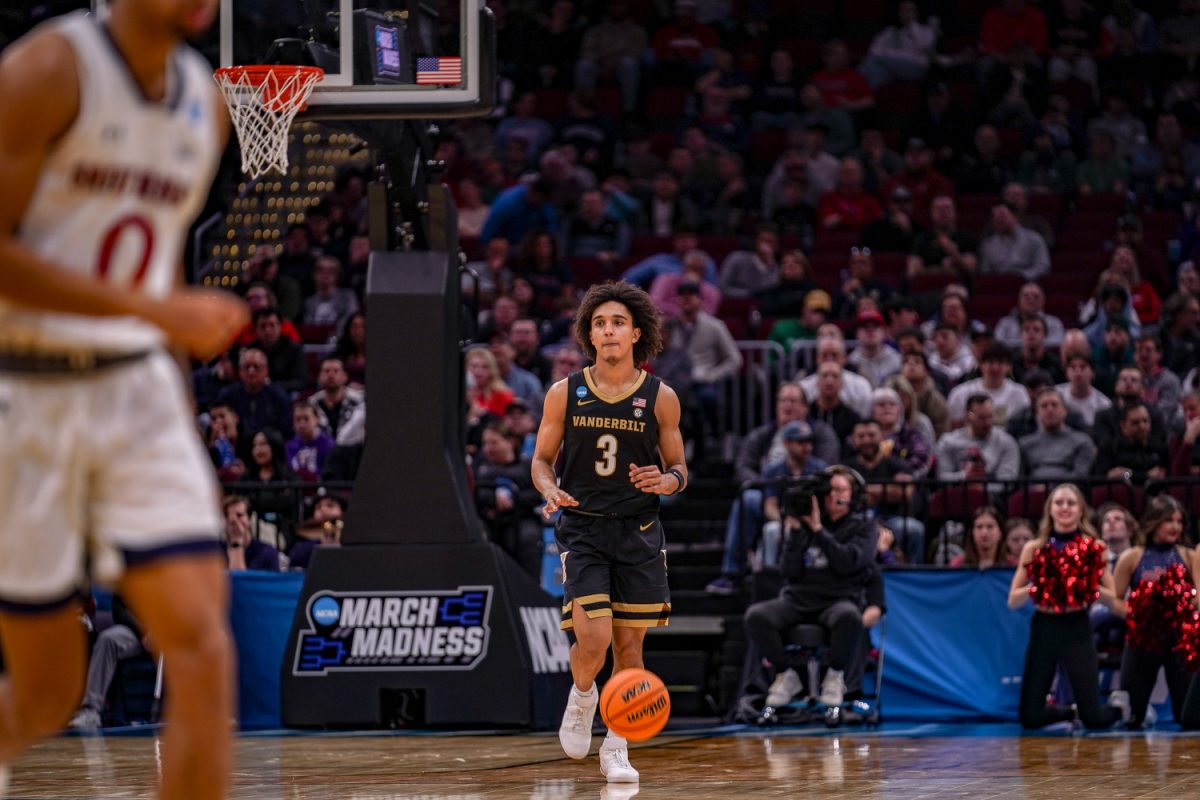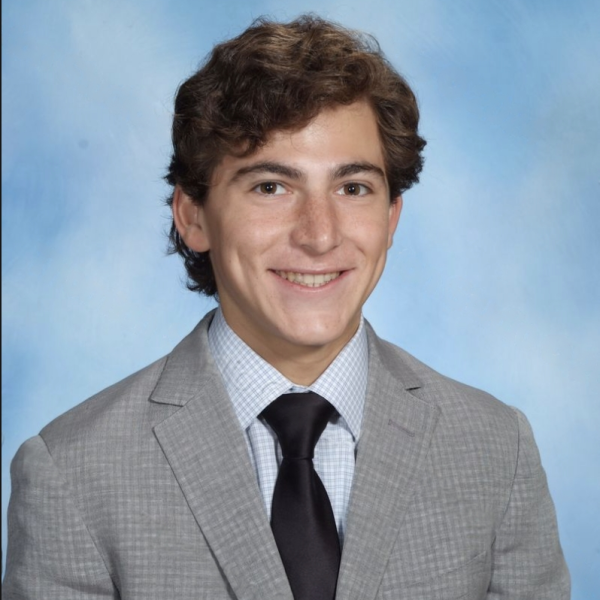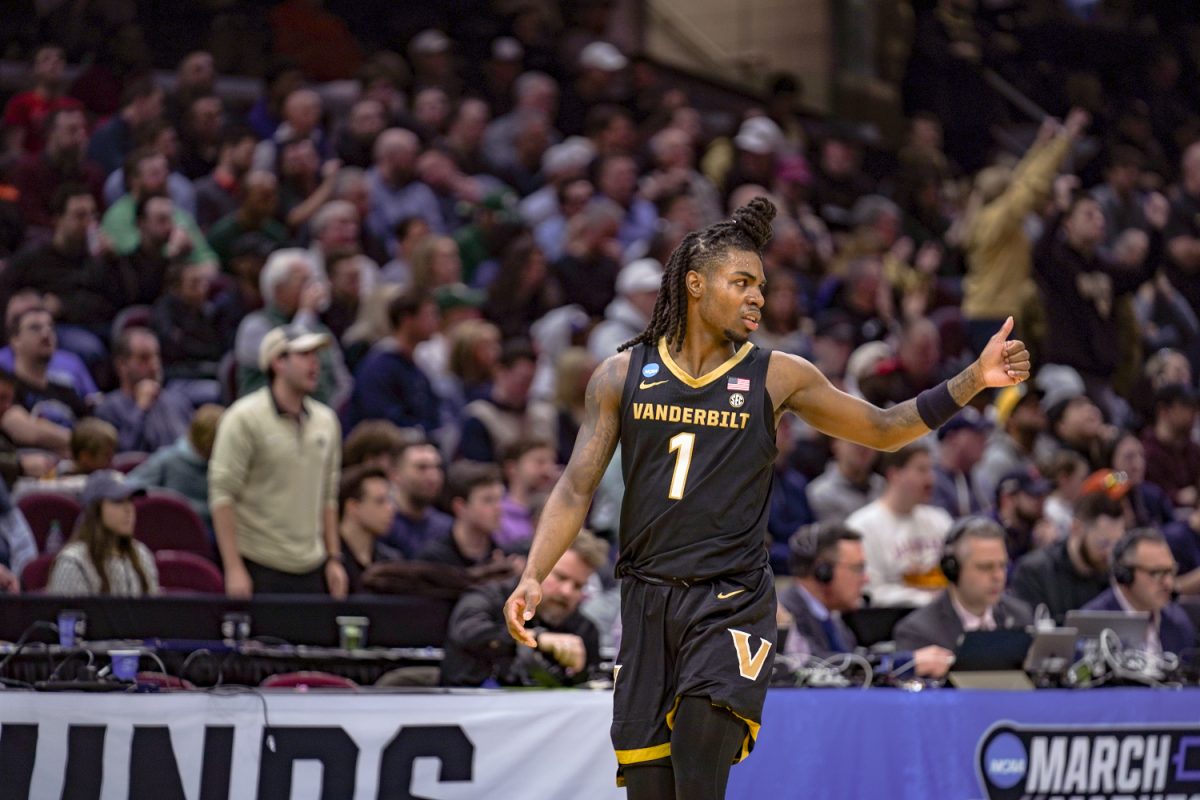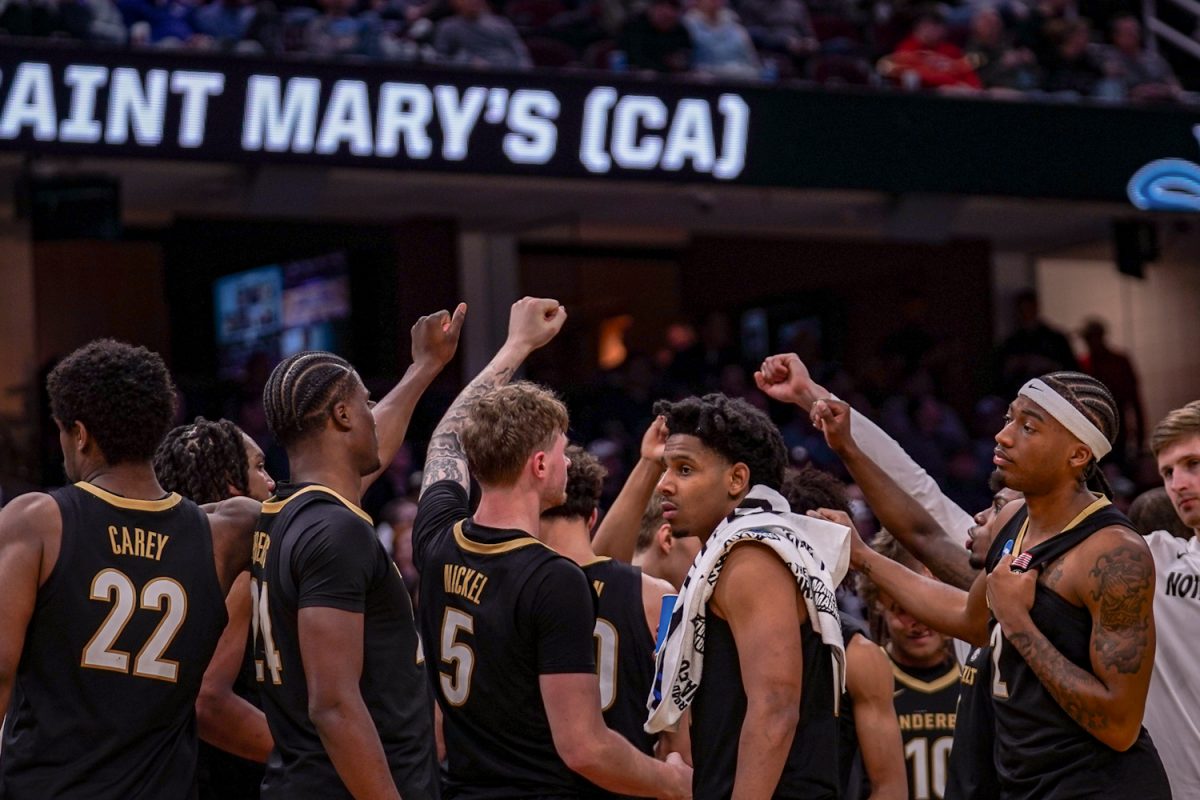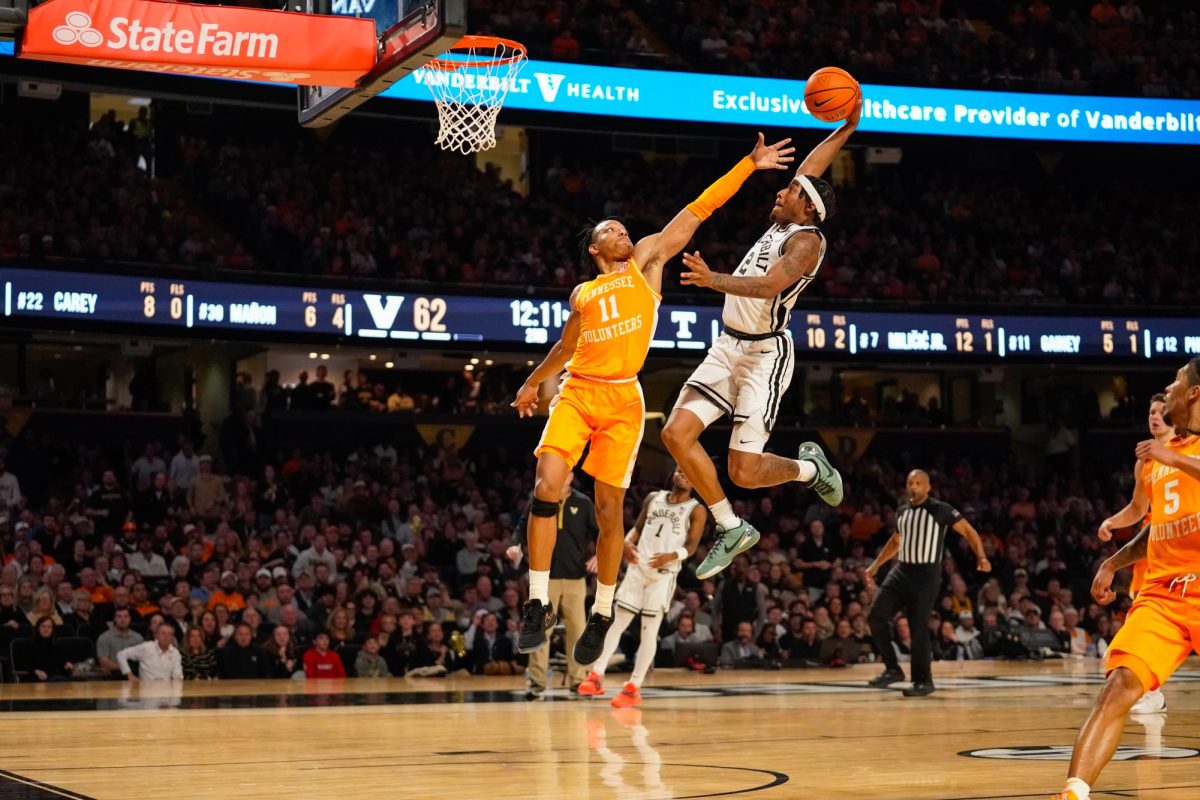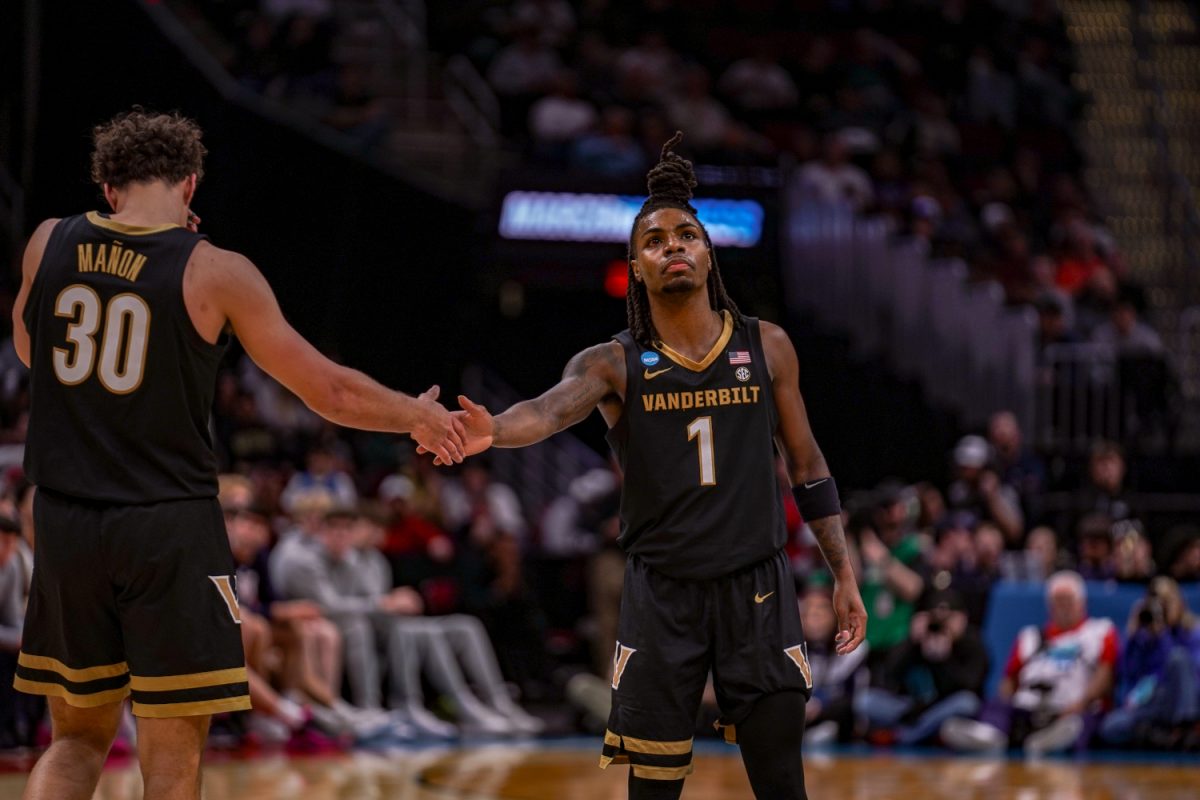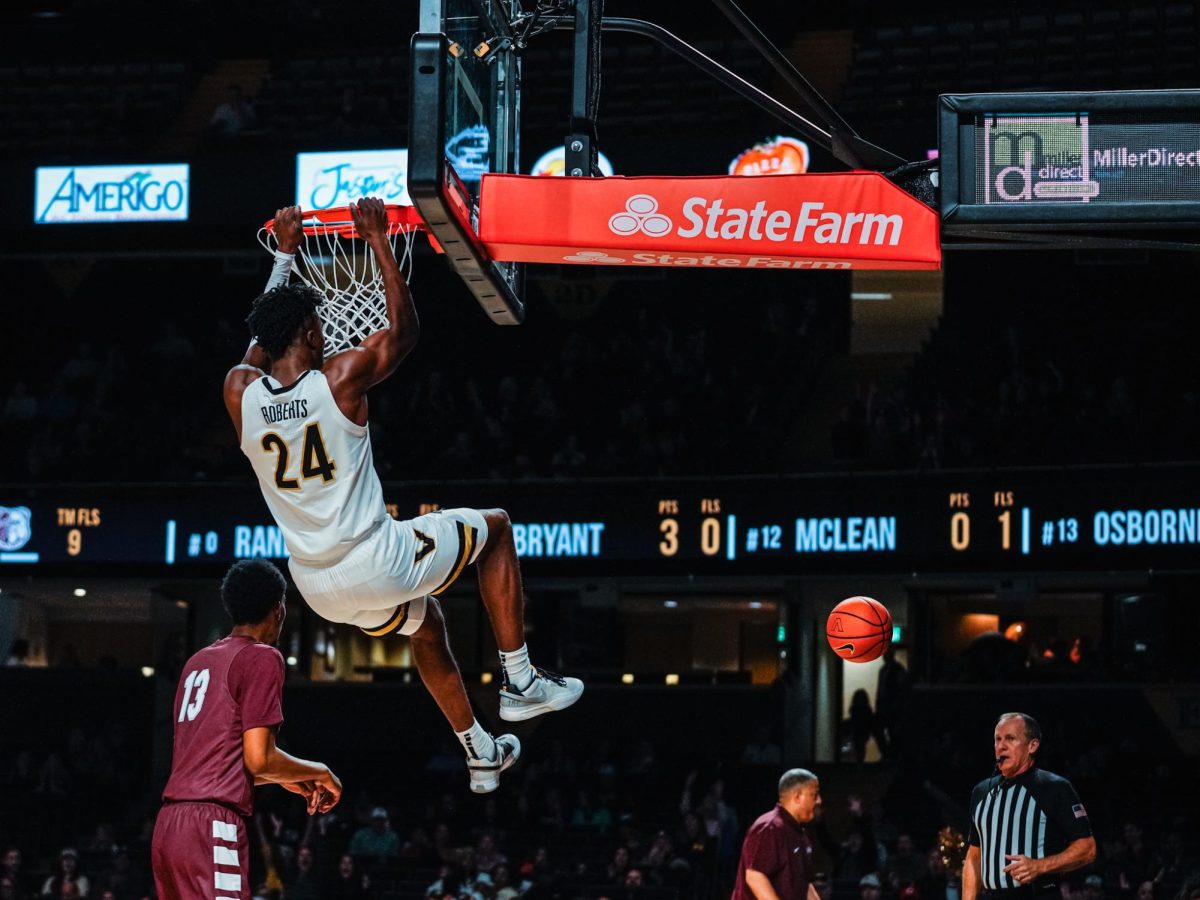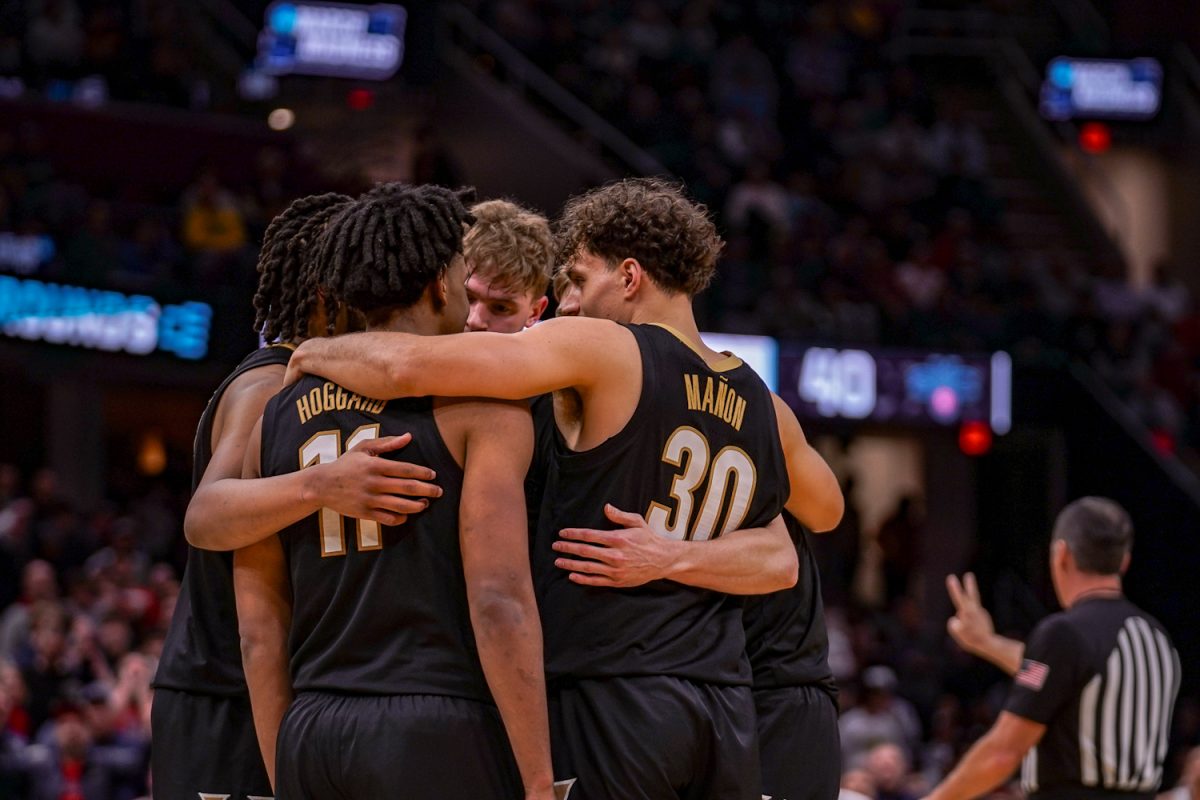The carousel is beginning to spin. According to 247Sports, seven players from the 2024-25 Vanderbilt Men’s Basketball team are in the NCAA transfer portal.
It started on March 24, 2025, when Karris Bilal and JQ Roberts entered the transfer portal. Two days later, Alex Hemenway entered his name into the mix. Vanderbilt lost a crucial piece to the portal in Jaylen Carey the next day, and Jordan Williams left along with him. The most crushing blow to the Commodores’ roster, though, didn’t come until a day after when Jason Edwards announced that he would enter the portal as well. MJ Collins Jr. also declared his intention to transfer in the coming days — all of this chaos occurred in just one week.
A new era of college basketball is upon us. Years ago, we saw mid-major programs making “Cinderella” runs in the NCAA Tournament because of the continuity of their rosters and the chemistry players had built. Now, in many cases, that cohesion has disappeared. As soon as the portal officially opened on March 24, an onslaught of players from low- and mid-major schools left. Even lower-end schools from power conferences, like Vanderbilt, see their players deciding to enter the portal for programs with better reputations.
With these announcements coming so quickly, the transfer portal “speed dating” floodgates have opened. No school is safe from this loop, as plenty of stars in college basketball have already hit the market. Vanderbilt got a taste of this last season after losing all but two players to the portal, but a team full of fresh faces defied all odds and received an at-large bid to the NCAA Tournament. After suffering defeat in the first round to Saint Mary’s, head coach Mark Byington will have to repeat the cycle heading into next season.
So, who should we keep an eye on in the portal as a potential future Commodore? There are three key pieces that Byington should look to bring in: a playmaking point guard, a first-option scorer and a defensive anchor to protect the paint.
While there are several elite, available players to fill each of these holes, Vanderbilt does not have the prestige or spending power that some of the other top schools in the nation do. It will need to keep its sights set on more realistic options during the 30-day period.
Vision and precision
Vanderbilt needs to find a replacement for AJ Hoggard. While the fifth-year graduate student may not have put up the stats that fans expected, he was the team’s go-to ball handler and led Vanderbilt in assists at 4.6 per game. This past season, the Commodores’ offense hit a wall when Hoggard wasn’t on the floor to facilitate, but even when he was, their attack was weak at times. To prevent this from repeating next season, Byington will need to allocate a solid sum of money to ensure that a pass-first point guard can lead the offensive charge.
The first option in mind is Naithan George (No. 30 overall, No. 6 point guard, per 247Sports). The sophomore from Georgia Tech averaged 12.3 points last season but, more importantly, dished out 6.5 assists per game. This included five double-digit assist games, four of which were double-doubles. While George isn’t the most efficient scorer, his playmaking ability cannot be understated.
Another great alternative would be Malachi Smith (No. 41 overall, No. 9 point guard). Smith, a junior hailing from the Bronx, averaged 10.4 points and 5.3 assists per game in 2024-25 for Dayton. In addition, he shoots the 3-ball very well at a 38.3% clip, compared to Hoggard’s 27.1%. It could prove effective for Vanderbilt to have its primary ball-handler be a player who can also light it up from deep on any given night.
The last and likely most expensive option is Nijel Pack (No. 23 overall, No. 5 point guard), a senior from the University of Miami. Similarly to Hoggard, Pack would come in as a fifth-year student with a veteran presence to lead the team. He also averaged 4.3 assists per game last year with just 1.3 turnovers, giving him an impressive ratio of 3.3 AST/TO.
Ice in his veins
After Byington gets a leader on offense, he will need to find another type of leader: one he can lean on to get buckets. Jason Edwards did this for the Black and Gold last season, leading the team in scoring with 17.0 points per contest. Now that Edwards has entered the portal, Vanderbilt is tasked with finding his replacement. Thankfully, there is a seemingly endless supply of scorers available at the moment, so finding a spark plug should not pose too much of a challenge.
The first name to consider is Barrington Hargress (No. 42 overall, No. 10 point guard), a sophomore standing at 6’0, 195 (not unlike Edwards’ frame). Hargress averaged 20.2 points per game last season for UC Riverside, good for 15th in the nation. This included a 40-point explosion against UC San Diego — a tournament team that went 30-5 — on Jan. 18.
Lamar Wilkerson (No. 39 overall, No. 9 shooting guard) is another option. The senior out of Sam Houston also averaged over 20 points per contest in 2024-25 (20.5, to be exact) and was highly efficient while doing so (47.7% from the field, 44.5% from the 3-point line). At 6’5 and 205 pounds, Wilkerson possesses the build to not only be a high-volume scorer from downtown but also attack the paint at a high rate.
The most intriguing prospect of the bunch is none other than Abdi Bashir Jr. (No. 43 overall, No. 10 shooting guard). Bashir also ranked in the top 20 in scoring nationally at 20.1 points per game, but he stands out when it comes to 3-point shooting. The 6’7 sophomore out of Monmouth shot 10.1 attempts per game from downtown while still managing to nail 38.3% of them. For a Vanderbilt team that struggled to shoot from deep, he would be a welcome addition.
Lastly, a more budget-friendly option comes in Terrence Brown (No. 196 overall, No. 19 combo guard). Don’t let the ranking fool you, though, as Brown still averaged 20.6 points per game in his sophomore season at FDU. If Byington decides to spend big on a different position, Brown would be a great first option as a scorer.
Swat team leader
The final glaring hole to fill is a position that Vanderbilt sorely missed in 2024-25. “A lack of size” was the biggest storyline for the Commodores, as they were often outrebounded by opponents and failed to show a strong interior presence. This can be partially attributed to Kijani Wright, a transfer from USC, being ruled out indefinitely with an unspecified health condition, but the fact remains that Vanderbilt needs a center.
Gabe Dynes (No. 126 overall, No. 13 center) stands at a towering 7’3 and would help to fill the size gap that Vanderbilt is missing. The sophomore product from Youngstown State averaged 3.1 blocks per game last season, placing him second across Division I. Needless to say, he would also be crucial for leading Vanderbilt’s defensive unit in the paint.
Another potential transfer for Vanderbilt is Juslin Bodo Bodo (No. 162 overall, No. 15 center) out of High Point University. While he is not quite the defender that Dynes is, Bodo Bodo still comes in at 7’0 and blocked nearly 2 shots on average (1.9 blocks per game) for the Panthers. Bodo Bodo averages 8.4 rebounds per contest, which would benefit the Commodores with their struggles on the glass.
If this position is Byington’s priority, Efton Reid III (No. 75 overall, No. 8 center) could be an elite but more expensive option. The senior out of Wake Forest stands at 7’0 and secured double-digit rebounds in seven games this season. He averaged a block per game, proving his value as not only a glass cleaner but as an interior presence as well.
The holes on this roster are clear, and Byington is well aware of that. The true question is how he’ll spread out funds to accommodate these positional needs. Vanderbilt’s roster will look very different heading into the 2025-26 season, but Byington has shown his ability to bring together a band of transfers and make the most of it.

